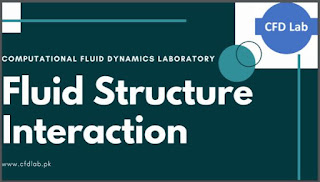How can Machine Learning Beneficial for Engineering Design & Shape Optimization
The advent of the fourth wave of technological revolution, known as Industry-4.0, is transforming traditional design and fabrication techniques. Industry-4.0 has brought digitalization and smartness to the contemporary design paradigm and standard manufacturing processes. Integrating artificial intelligence
, data analytics, generative design and simulation-driven design open innovative and efficient ways for computational design, validation and product manufacture. Therefore, for every engineer to land an outstanding career opportunity, it is essential to keep pace with this industrial revolution, which can be arduous without the fundamental knowledge and experience in these trendy fields.
To date, in a typical product, designers and engineers use extensively off-the-shelf parametric modellers and computational tools to design, optimize and validate their designs before going to the fabrication phase. However, these tools are based on passive design exploration techniques, in which designers and engineers interactively change a set of predefined design parameters to generate shapes, which most lay in the neighbourhood of an existing shape. In the sequel, they couple the parametric modellers with optimizers towards improving the existing shape against certain performance criteria (e.g., drag, wave resistance, structural strength, etc.), which involve time-consuming physical simulations (e.g., computational fluid dynamics (CFD), finite-element methods (FEM), etc.).
This design process can lead to a high computational cost and hinders designers from creating variant, innovative and true optimal designs, especially in the case of a complex shape like cars, aeroplanes, ships and yachts, which consists of a large number of parameters, which creates high-dimensional design spaces. This high dimensionality of the design problem causes the optimizers to get trapped in local optima and physical simulations to suffer from high computational cost, thereby leading to an undesired solution. At the end of the process, the new design may not guarantee the global optimal solution.
This course will teach how one can smoothly tackle these challenges with how the power of the data and with the aid of machine learning can drive the typical engineering design process while overcoming the curse of high-dimensionality and eliminating the need for CFD and FEA tools.
This course is carefully structured into three different modules, each of which serves as a strategic pillar for efficacious shape optimisation and will take you from novice to expert in no time. At the end of each module, there will be a talk from an industry expert of the respective field, which will provide a unique opportunity for students to learn how these fields are being utilised to solve design problems in the industry. Students showing strong commitment will have the opportunity to work with the instructor and his team on an actual research problem.


Comments
Post a Comment